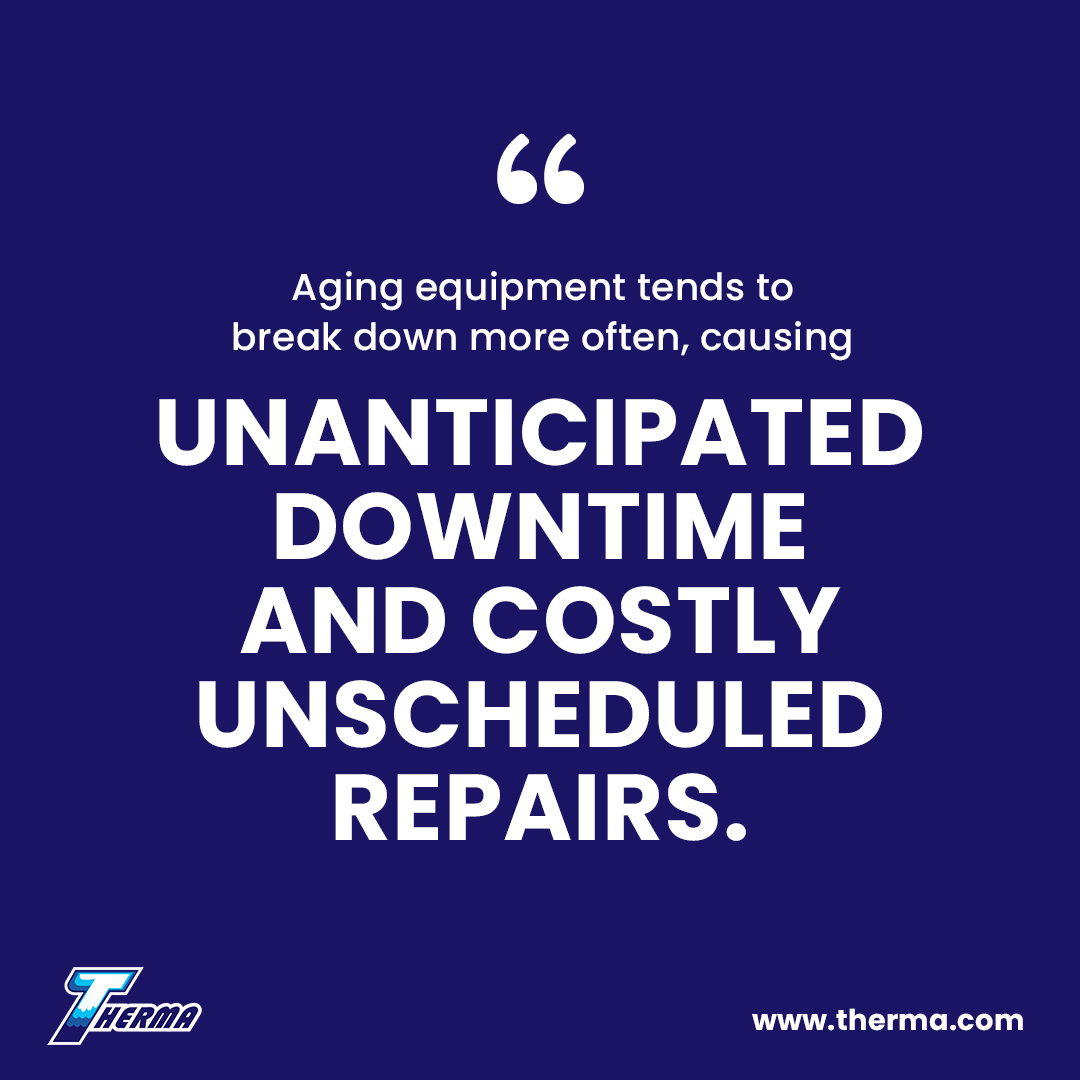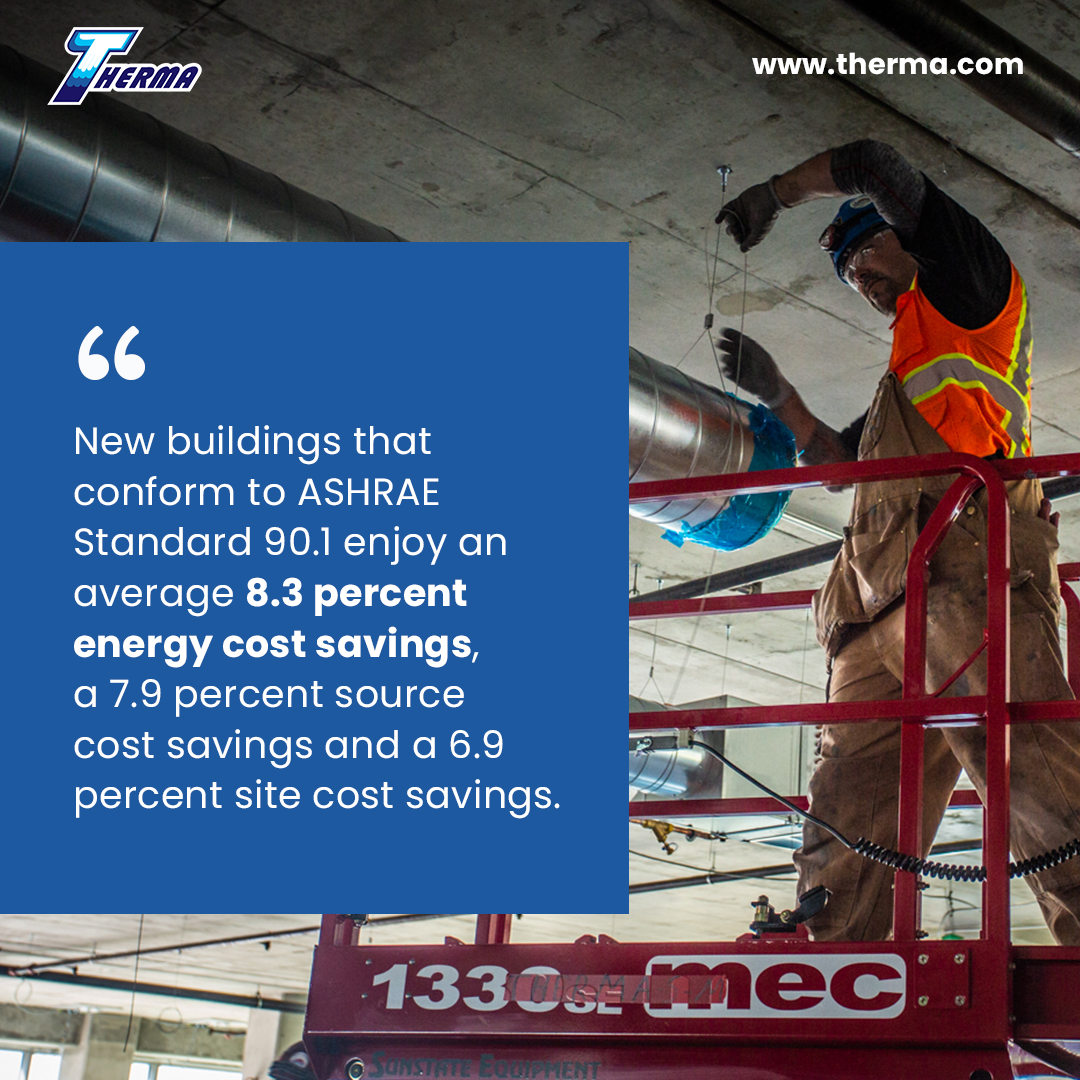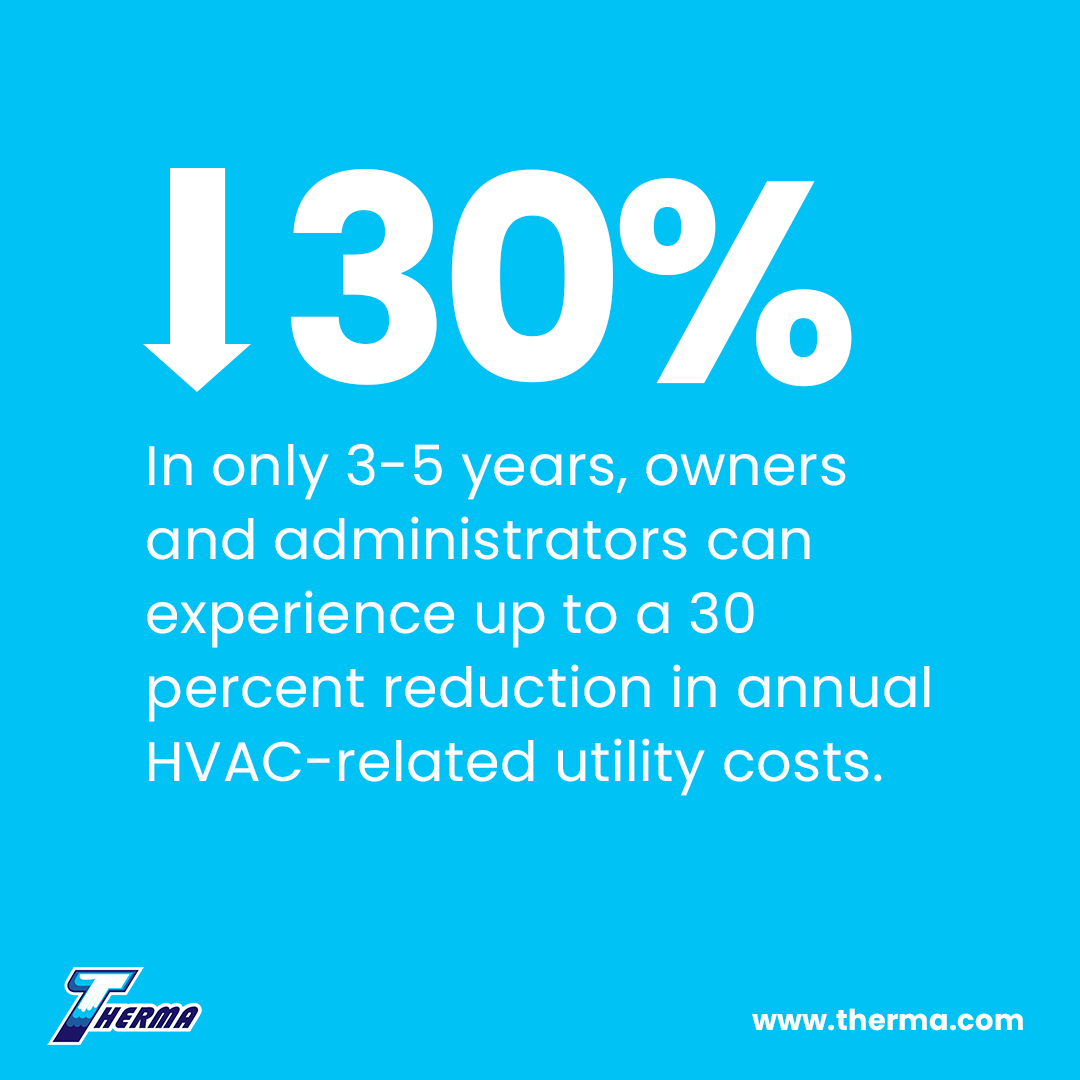Commercial HVAC Equipment Upgrade
Older commercial HVAC systems become less efficient over time, which results in greater energy consumption and higher operating costs. Aging equipment also tends to break down more often, causing unanticipated downtime and costly unscheduled repairs. For commercial tenants, a poorly functioning heating and cooling system can lead to lower sales, reduced employee productivity and an unhealthy indoor environment. For companies looking to leverage their HVAC-related assets, a commercial HVAC equipment upgrade can provide a variety of appealing benefits.

Improved Comfort
The fundamental purpose of an HVAC system is to keep the interior of the building comfortable. High-efficiency commercial heating and cooling equipment improves indoor comfort through the implementation of a wide array of modern technologies. Variable speed fans in combination with adjustable burners and inverter compressors continuously adjust the total BTU output to precisely match the prevailing load. Blowers run longer on lower speeds to reduce the “wind” effect for more even comfort and less noise throughout the building. Occupants will experience superior dehumidification, and rapid temperature rise caused by short cycling is virtually eliminated.
Energy Efficiency

Since 44 percent of the energy generated for commercial buildings is used for HVAC and refrigeration, it makes sense to consider upgrading to high-efficiency HVAC equipment. [1] For example, replacing an older rooftop unit with an EER (Energy Efficiency Ratio) of 6.2 with a modern 13 EER unit can result in annual cooling cost savings up to 52 percent. [2] These substantial savings can help offset other escalating budgetary expenses without compromising occupant comfort. New buildings that conform to ASHRAE Standard 90.1 enjoy an average 8.3 percent energy cost savings, a 7.9 percent source cost savings and a 6.9 percent site cost savings.
Health Benefits
Numerous studies by different states, the EPA and independent scientific panels have determined that the air inside an office environment can have pollution levels higher than the air outdoors. Mold, pollen, viruses and other contaminants proliferate in older systems, especially around coils and other places where water is present. Modern high-efficiency equipment incorporates leading edge filtration, eradication and anti-microbial technology to reduce or eliminate the growth and distribution of airborne contaminants.
Lower Environmental Impact
With the regulatory environment becoming increasingly stringent, it’s important for commercial building owners to initiate plans for long-term sustainability. Modern high-efficiency HVAC equipment helps reduce a building’s carbon footprint so it complies with all current environmental and energy standards. ASHRAE Standard 189.1 offers sustainability guidance for high–performance buildings and provides HVAC design and efficiency requirements that further elaborate on the intent of ASHRAE Standard 90.1.
High-Efficiency Commercial HVAC Equipment
While a qualified commercial HVAC contractor can help provide the guidance to achieve maximum cost/benefit value, a high-efficiency HVAC equipment upgrade still requires a significant investment. Fortunately, a variety of local, state and federal incentives can often help offset some purchase costs. This includes a tax deduction of $1.80 per square foot for heating and cooling systems that reduce a building’s HVAC-related energy consumption when compared to the minimum standards outlined in ASHRAE 90.1.
Fast Payback and Lifetime Savings

The National Institute of Building Sciences has published data that states the typical payback for high-efficiency commercial HVAC equipment is three to five years. [7] In that timeframe, owners or administrators can experience up to a 30 percent reduction in annual HVAC-related utility costs. Extended to seven years, energy savings can be 40 percent or more, assuming thermostat settings remain between 70-76 degrees Fahrenheit throughout the year.
Replaces Obsolete and Aging Equipment
While commercial HVAC equipment is built for years of reliable service, even major systems have to be replaced over time. If your building has equipment installed in the 1990s or early 2000s, it has reached the end of its designed service life. As boilers, chillers, package units, furnaces, air conditioners and heat pumps age, dependability decreases and operational costs rise. For most businesses, HVAC downtime is very costly, so modern high-efficiency heating and cooling equipment incorporates self-diagnostic testing capability to ensure the unit is always operating at peak efficiency.
Improves Business Marketability
For those looking for the highest quality tenants and lease rates, environmentally friendly, energy efficient and leading-edge high-efficiency HVAC equipment can help attract quality clients to your building. Tenants concerned about their ecological impact tend to be reliable partners in the pursuit of building sustainability and fossil fuel preservation.
The Cost Versus Benefit Equation
A new commercial high-efficiency HVAC system can provide service for up to 30 years, so it’s important to partner with a skilled and experienced commercial HVAC contractor who understands how long-term expense reductions can far exceed upfront installation costs. At Therma, we can help craft a comprehensive assessment to quantify how an HVAC upgrade would affect your building’s budget, comfort and profitability. Our design and engineering experts will create a complete report outlining our recommendations and implementation plan. With today’s modern equipment, the sooner the project is completed, the sooner you’ll enjoy the savings.
By William Busse
William Busse has more than 30 years experience in the construction industry in sales, contracting, distribution and manufacturing. He has an extensive background in the mechanical contracting industry, largely from the distribution and manufacturing sides of the business. He has had deep involvement with a variety of large-scale commercial/industrial mechanical contractors, particularly related to value engineering. This includes process piping, high-pressure steam, cryogenics, thermal insulation and commercial/industrial HVAC.
Sources:
- https://www.eia.gov/consumption/commercial/reports/2012/energyusage/
- https://blog.builtspace.com/2014/11/16/the-economics-of-rooftop-units-rtu-energy-efficiency-depends-on-your-choices/
- https://www.epa.gov/indoor-air-quality-iaq/office-building-occupants-guide-indoor-air-quality
- https://www.ashrae.org/technical-resources/bookstore/standard-189-1
- https://www.energy.gov/eere/buildings/tax-incentives-energy-efficiency-upgrades-commercial-buildings
- https://www.wbdg.org/resources/high-performance-hvac
- https://www.energy.gov/sites/prod/files/2014/02/f8/Motor%20Energy%20Savings%20Potential%20Report%202013-12-4.pdf
- https://www.energy.gov/eere/buildings/179d-commercial-buildings-energy-efficiency-tax-deduction
- https://www.csemag.com/single-article/hvac-codes-and-standards-cooling-and-energy-efficiency/4f684e7f21eada9b13b825014bbfc464.html







